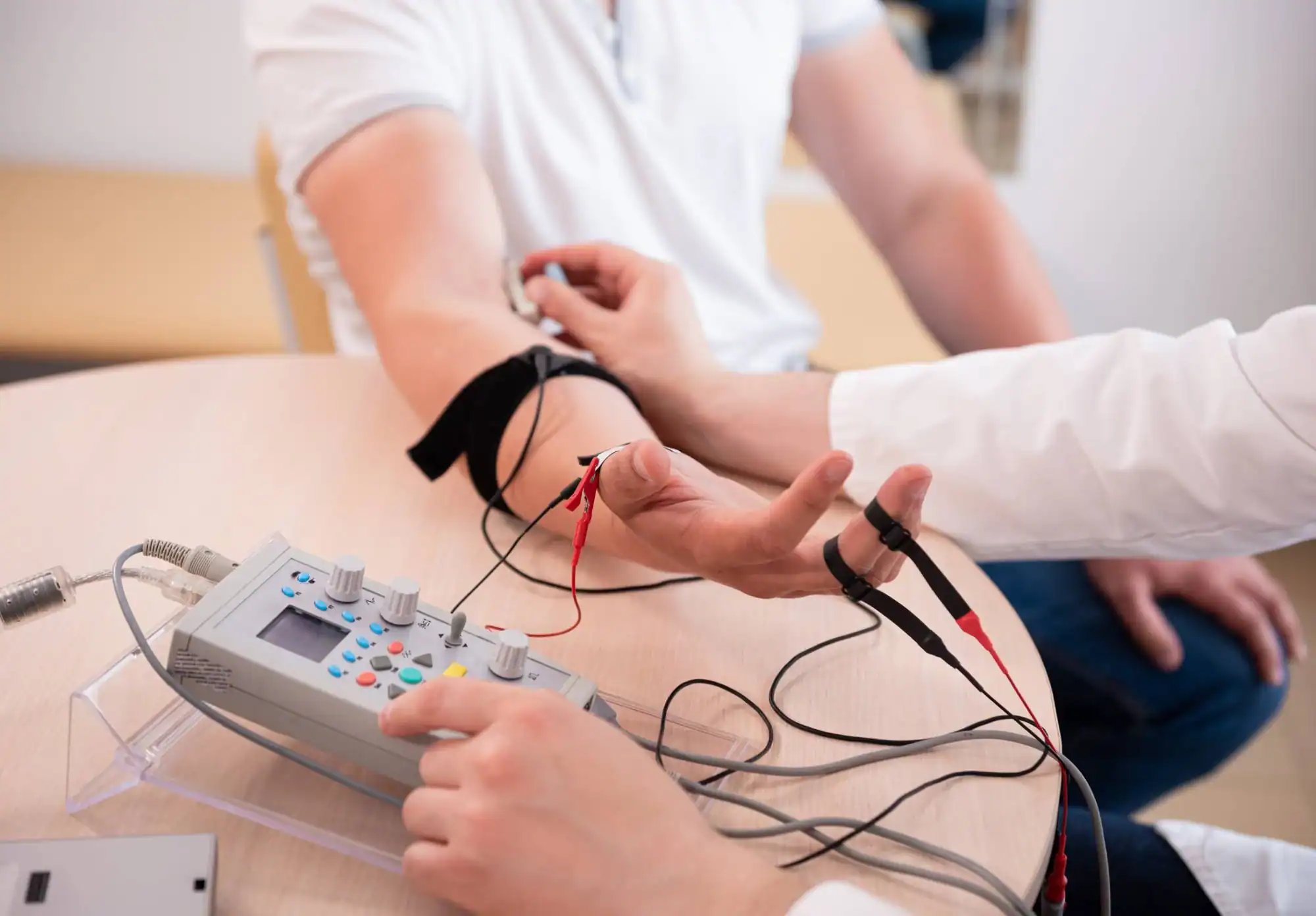Advanced electromyography testing that pinpoints exactly what’s causing your symptoms so you can move forward with confidence.
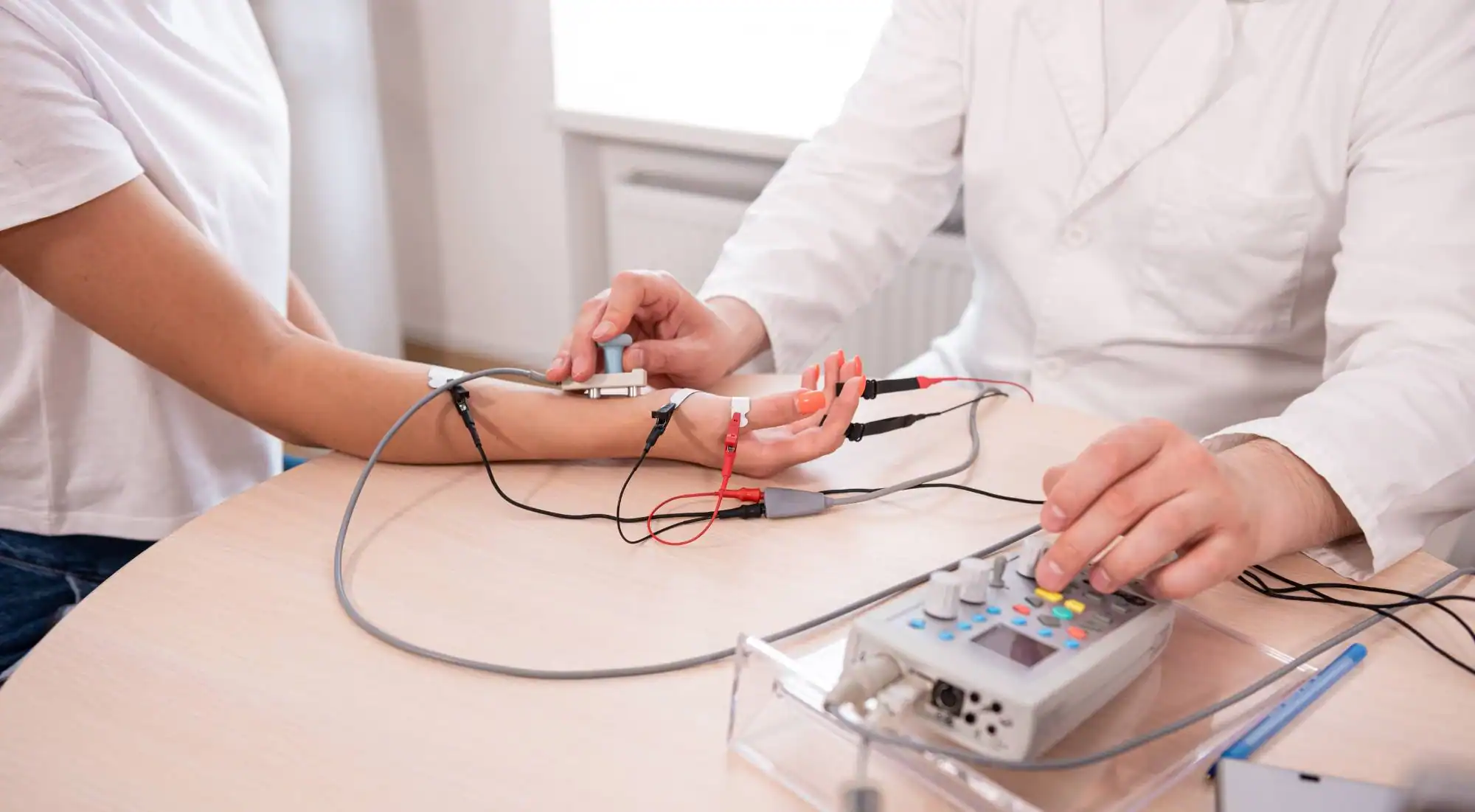
Reviews
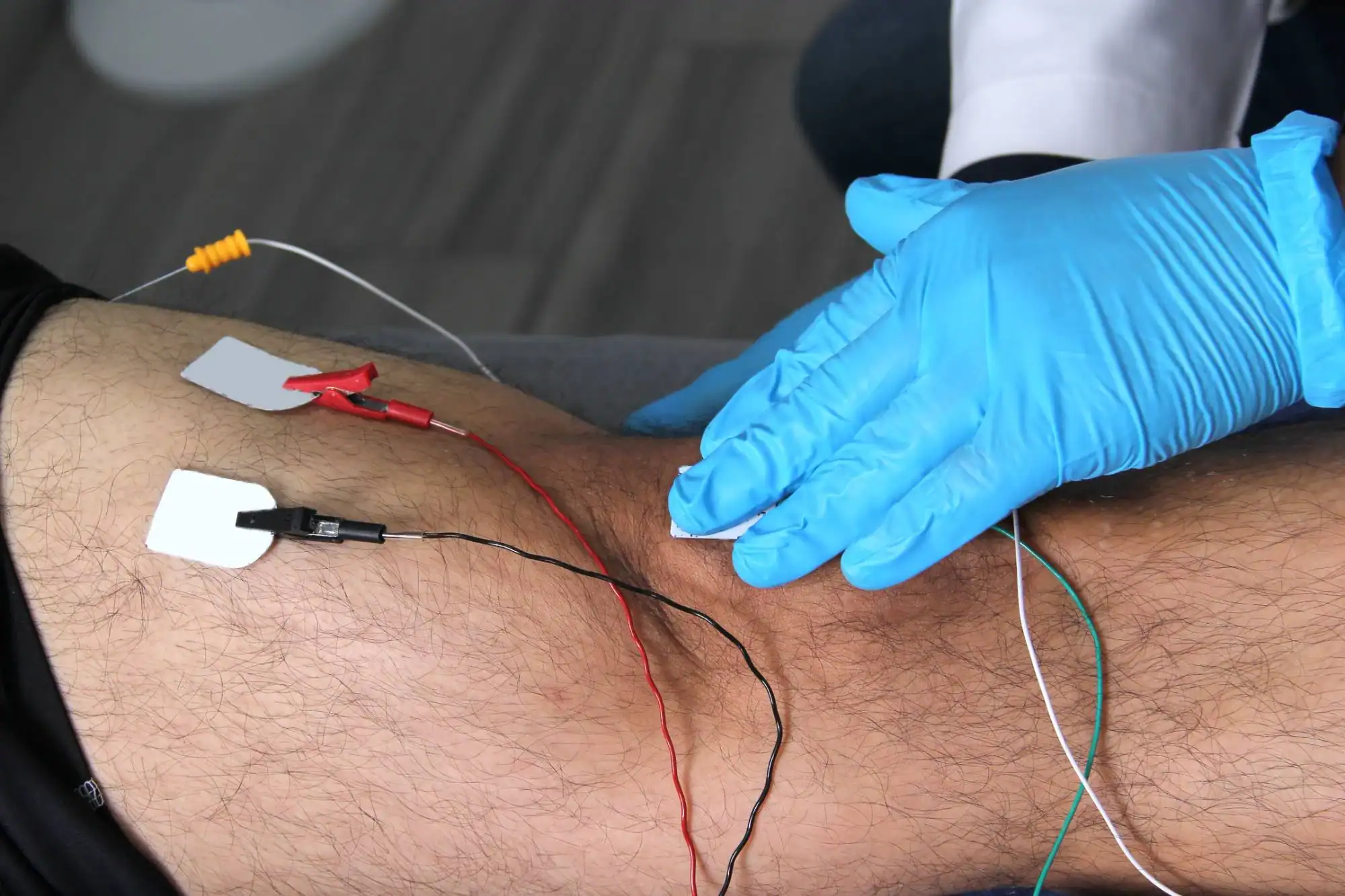
You’ve been dealing with nerve pain, muscle weakness, or that frustrating tingling sensation for too long. The uncertainty is almost worse than the symptoms themselves.
EMG testing gives you concrete answers. This diagnostic procedure measures the electrical activity in your muscles and nerves, showing exactly where the problem lies and how severe it is.
When you know what you’re dealing with, everything changes. No more guessing games with treatments that might work. No more wondering if your symptoms are “all in your head.” Just clear, measurable data that leads to a treatment plan that actually addresses your specific condition.
NY Spine Medicine brings specialized neurological expertise to Silver Palm, FL. We have been helping patients get accurate diagnoses through advanced EMG and nerve conduction studies for years.
What sets us apart is our commitment to clear communication. You won’t leave confused about your results or what comes next. Every test is explained in plain language, and you’ll understand exactly what your results mean for your treatment options.
Our focus stays on you throughout the entire process. From the moment you walk in until you have your results and next steps, our priority is making sure you feel informed and confident about your care.
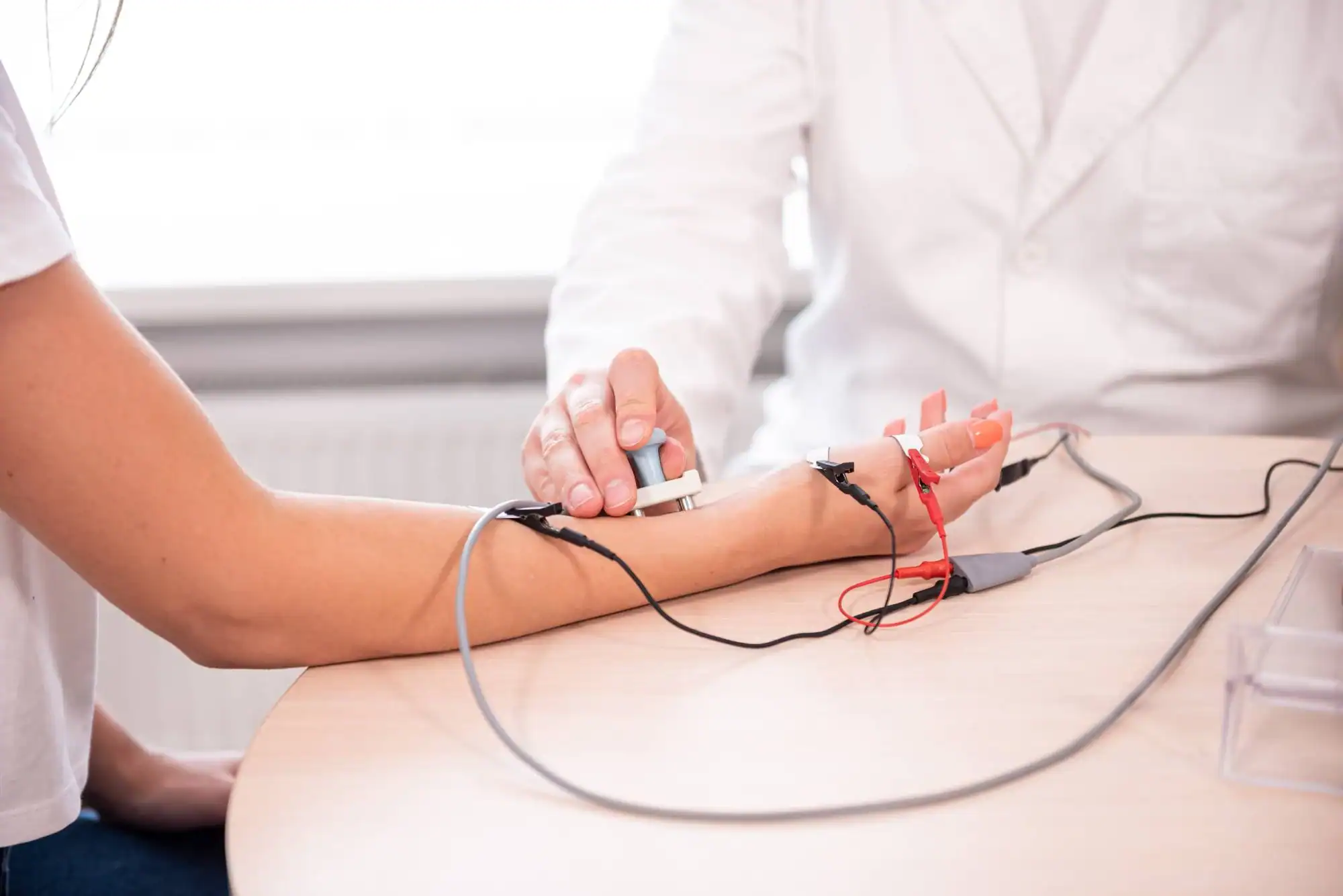
The EMG testing process is straightforward and typically takes 30-60 minutes. First, you’ll discuss your symptoms and medical history with our specialist to understand which nerves and muscles need evaluation.
During the nerve conduction study portion, small electrodes are placed on your skin. Mild electrical pulses measure how well your nerves transmit signals. It feels like a quick tap or mild shock – uncomfortable for a moment but not painful.
The electromyography portion involves inserting a thin needle electrode into specific muscles. This measures electrical activity when your muscles are at rest and when you contract them. Most patients find this more tolerable than they expected.
You’ll get your results immediately after testing. Our specialist explains what the measurements mean, which areas show normal function, and where problems exist. This information becomes the foundation for your treatment plan.
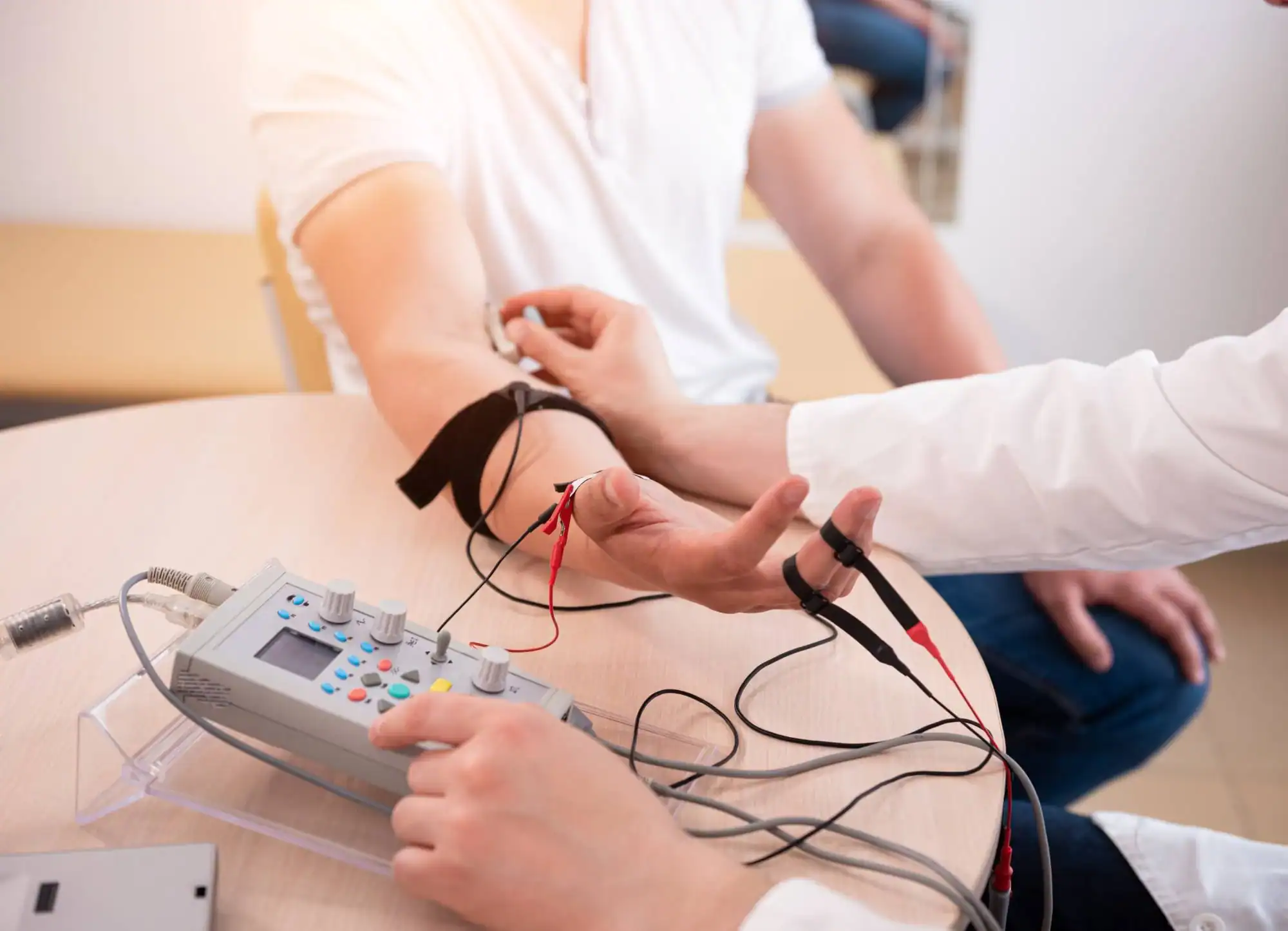
Ready to get started?
Your EMG testing includes both electromyography and nerve conduction studies for a complete picture of your neurological function. This comprehensive approach catches issues that single tests might miss.
The evaluation covers motor nerves that control muscle movement, sensory nerves that handle feeling and sensation, and muscle response patterns that reveal underlying disorders. Whether you’re dealing with carpal tunnel syndrome, sciatica, peripheral neuropathy, or muscle weakness of unknown origin, this testing provides the clarity you need.
Results are documented in a detailed report that you and your referring physician can use to develop an effective treatment strategy. No more trial-and-error approaches – just targeted care based on objective diagnostic data.
